Break Through, publicly launched just over a year ago, is already the most successful campaign in Caltech's history. In the first year of the public phase alone, gifts exceeded $400 million. And total contributions—over $1.4 billion—have surpassed the goal of Caltech's last campaign.
This support comes from new friends as well as those who know Caltech best: its faculty, trustees, students, alumni, staff, and Associates members. More than 10,000 donors have responded generously to the campaign's message that "a few can change the world." (See more statistics from the campaign's first anniversary.)
The slideshow below samples what people on campus are saying as campaign gifts help Caltech realize core aspirations.
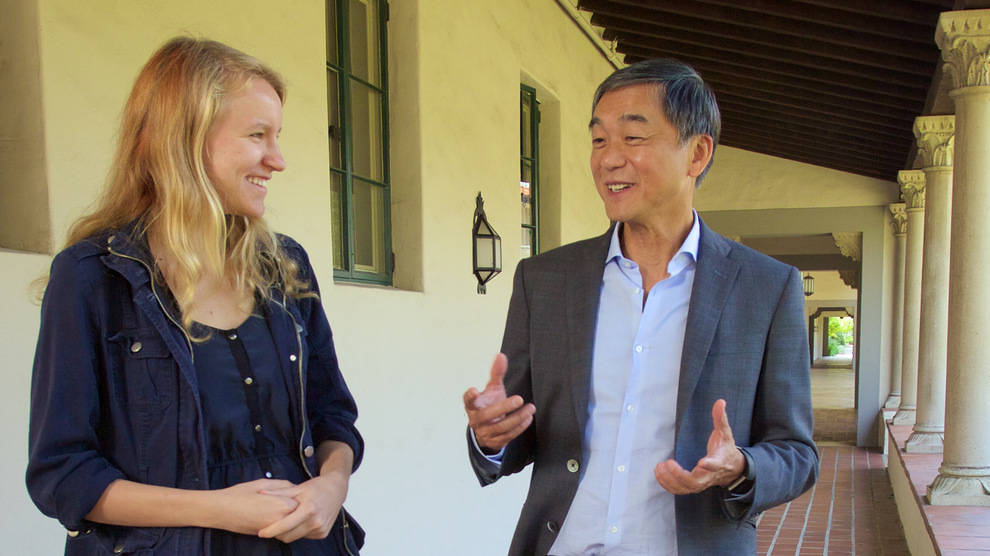
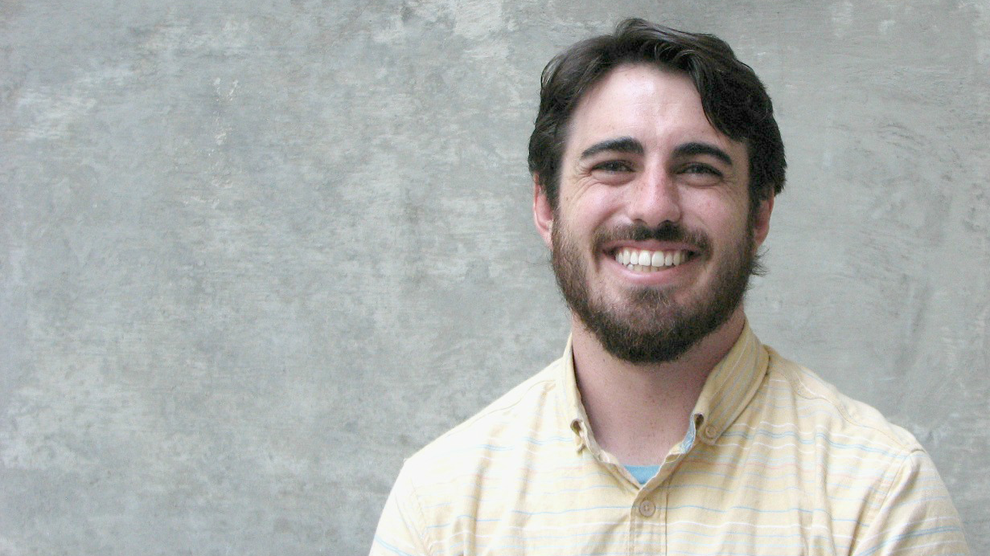
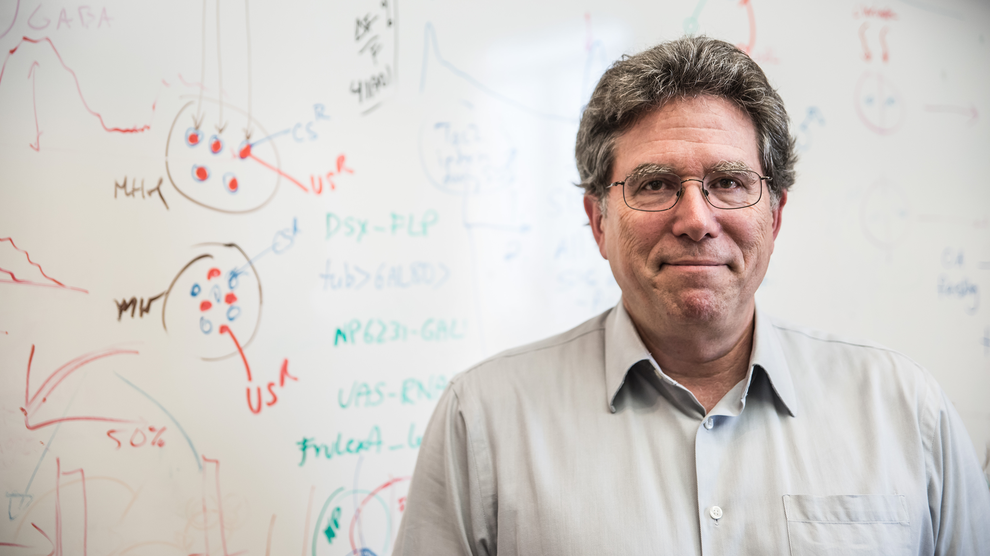
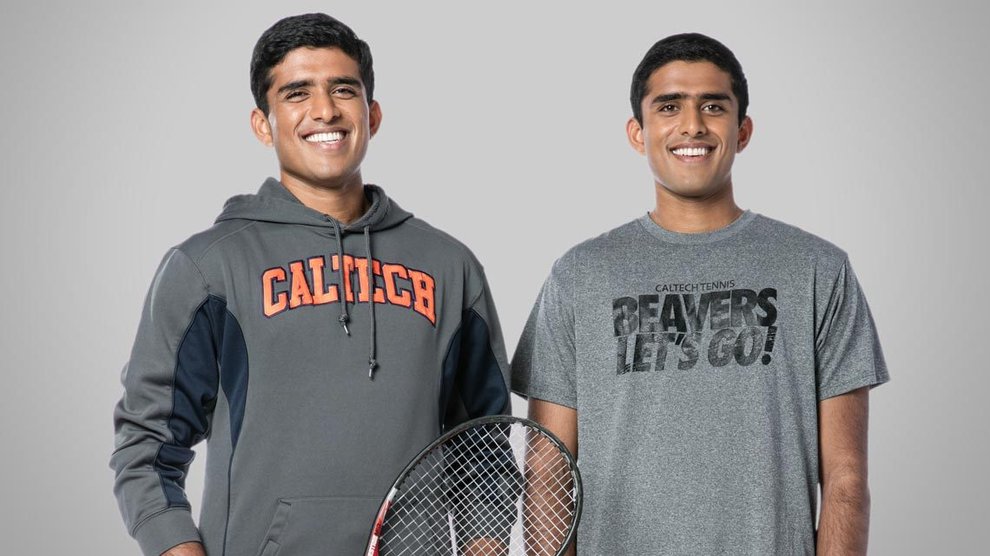
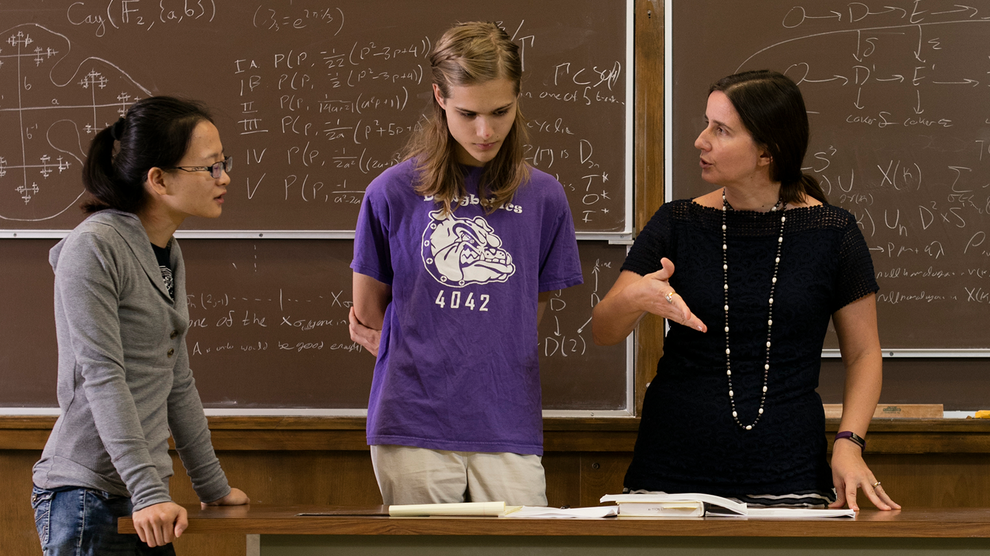
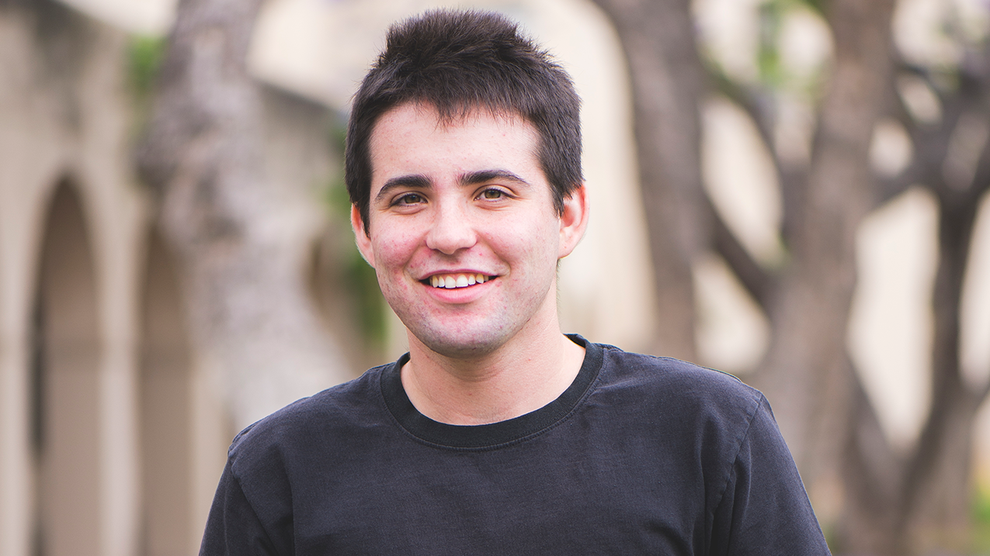
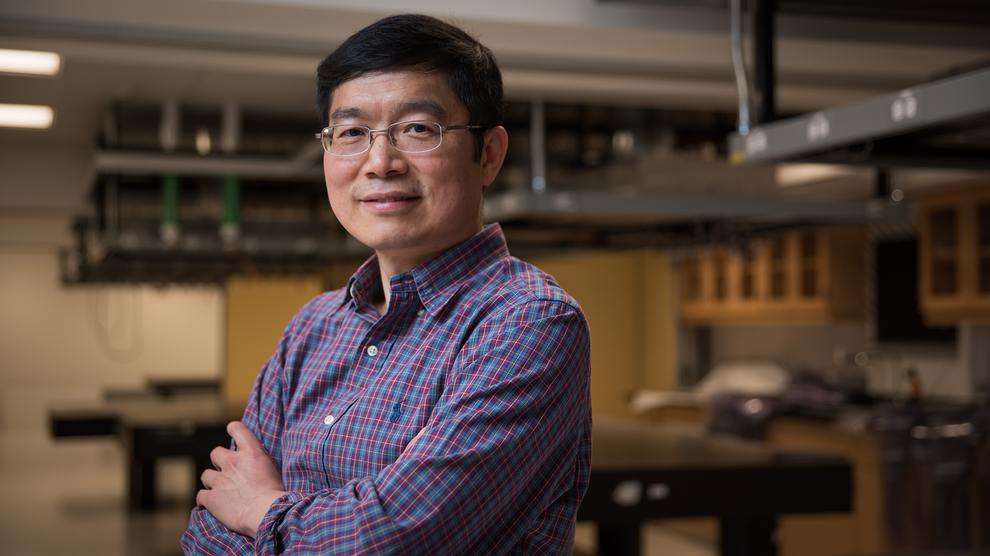
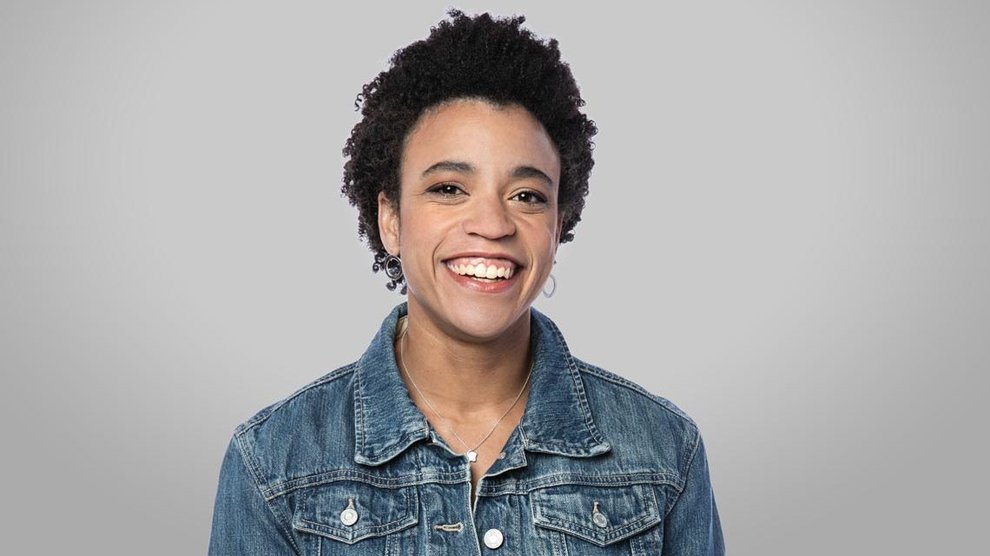
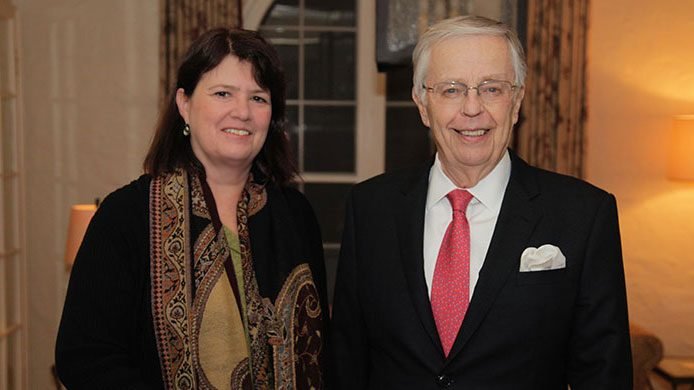
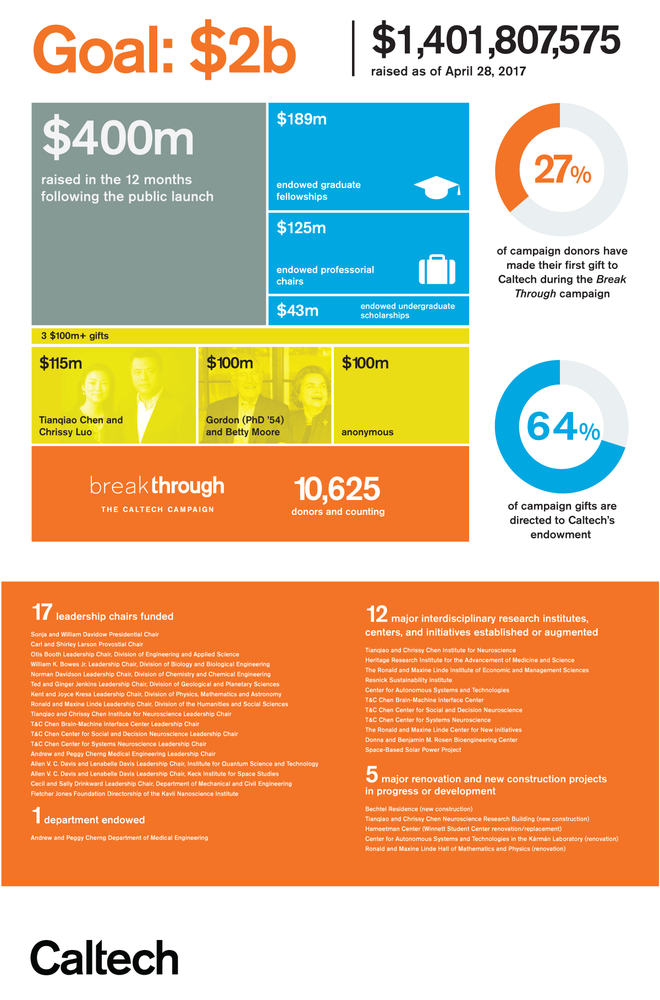
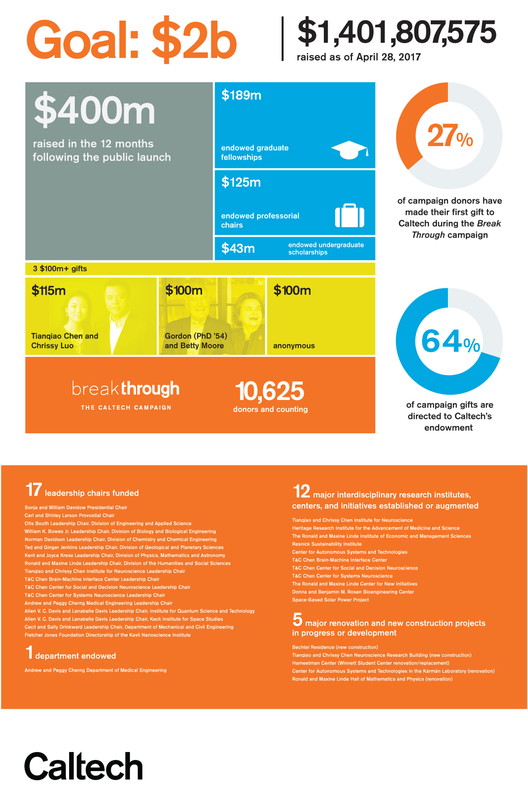
This archived content may contain outdated information or references that may not reflect current practices or programs.
